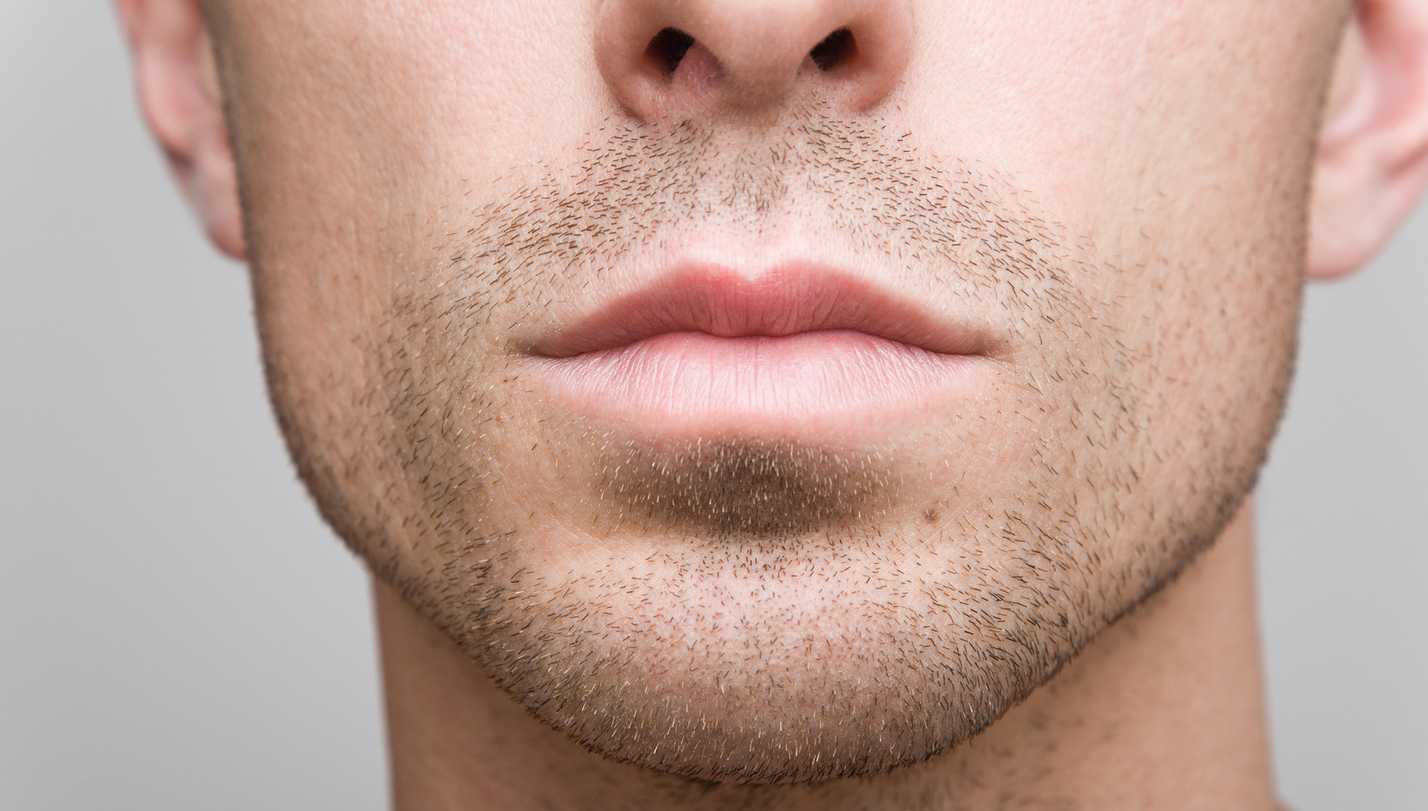Temporomandibular Joint Dysfunction (TMJ dysfunction), which is commonly referred to as simply TMJ, is a medical condition that involves pain of the muscles of the head and neck, or the temporomandibular joints. TMJ dysfunction and pain present a variety of symptoms but most often include fatigue when chewing, clicking of the jaw when opening or closing, headaches, soreness of the sides of the face, neck pain, facial pain, or clenching and grinding the teeth. There are many treatments for TMJ dysfunction symptoms that depend on the cause of the symptoms. When the harmony of the teeth and jaw position is adequate, the TMJ pain is derived mainly from muscle soreness. When TMJ pain is derived predominantly from muscle soreness, Botox may be considered as a primary treatment. This article will tell you everything you need to know about how using Botox to treat TMJ pain works.
How Botox Treatment of TMJ Pain Works
When patients present with jaw pain, it is common the pain is actually derived from the muscles instead of the jaw or temporomandibular joints. There are many causes of muscle pain in the jaw. Some causes of muscle pain are a misalignment of teeth, a discrepancy between the top jaw and lower jaw, stress, trauma, etc. It is best to rule out and treat these factors first. Once the hard tissue factors are stabile and ruled out as concerns, any lingering muscle pain can be treated directly at the location of the muscle. This is where Botox comes in. Botox works by reducing muscle activity. If the muscle activity of the overworked muscle is reduced, then the soreness begins to decrease as well. The most common muscles which can be treated to reduce jaw soreness are the masseters and the temporalis.
One of the primary questions patients have with treating temporomandibular joint dysfunction with botox is… “Will the Botox affect my ability to chew, eat, or speak?” The benefit of using botox to treat TMJ pain is that your normal functions, such as chewing, swallowing, and speaking, are unaffected, even though the discomfort and soreness are reduced. After treating TMJ pain with Botox, many patients report:
- Reduced fatigue and soreness when opening and closing their jaw
- Reduction in grinding and clenching
- Reduction of headaches
- Reduction in neck and shoulder pain
- Fewer occurrences with lockjaw
- Reduction of jaw clicking
Is Botox for TMJ Pain Safe?
Botox has been used safely for a variety of conditions for over 30 years. Botox was first approved by the FDA for the cosmetic treatment of glabellar lines. Through the years, Botox has been approved as an effective treatment for chronic migraines, eyelid spasms, muscle stiffness, overactive bladder, and more. The effects of Botox are peripheral and do not affect the central nervous system. The main precaution after Botox treatment is to avoid physical activity that increases heart rate and blood pressure for 48 to 72 hours. Avoiding physical activity allows the Botox to bind to the receptors without being taken away from the site, spreading into unwanted muscle spaces, or entering into the systemic bloodstream.
How Long Does Botox Treatment Take?
The Botox treatment for TMJ takes about 10-30 minutes depending on the number of sites and units required for the specific patient. The effects of Botox can begin to be felt about 72 hours after treatment and the final result is typically realized about 1-2 weeks after treatment.
Are Botox Injections Painful?
During Botox injections, a topical anesthetic such as viscous lidocaine can be placed over the skin. Preparing the skin with a topical anesthetic usually is sufficient to eliminate any discomfort that the patient may experience. The botox is delivered with a microneedle which is generally 27 to 32 gauge, the smallest hypodermic needle available. When the Botox is administered the patient will feel a small pinch followed by a mild pressure. Any discomfort is typically brief and minimal. For patients who have a severe needle phobia, there are options of short term sedation to help make the process easier.
What Should I Expect After Botox Treatment?
Most patients notice an improvement in muscle soreness and muscle tension soon after Botox treatment—typically 3-7 days. Some patients may have some post-operative redness of the skin, numbness of the area, and mild bruising around the site of the injection. Bruising will typically appear on day 2 post-op as a purplish area of the skin and it will gradually lighten to greenish, then yellowish, and return to normal around days 4 or 5 after Botox treatment. If the patient has wrinkles in the area of treatment, the wrinkles will generally disappear a few days after treatment as well.
Botox treatment is a non-invasive therapy that allows most people to return to their normal work schedule the same day or day after the treatment. There is generally little recovery after Botox treatment.
It is possible to have side effects after botox treatment. Side effects are generally minimal and rare. Common side effects include respiratory infections, nausea, flu-like symptoms, headaches, and temporary inability to smile symmetrically. Symptoms usually disappear within the first week after treatment. Side effects when unwanted muscles are paralyzed will return to normal in 4-6 months. All side effects are generally avoided when done by an experienced TMJ specialist and when the patient follows the post-op instructions, particularly avoiding exercising, heavy physical work activity, and rubbing the area of injection for three days.
Botox for TMJ Treatment Considerations
Although dental specialists are now offering botox as an alternative treatment for TMJ disorders, it is important to understand the Botox should not be used as a primary treatment for TMJ. Botox treatment for TMJ symptoms generally should be viewed as an adjunctive treatment or a finishing treatment. TMJ symptoms most commonly are rooted in disharmony between the upper and lower jaws which cause pain at the temporomandibular joint or the muscles of mastication. The root of the problem is the disharmony which should be corrected first. Once the root of the cause of the TMJ dysfunction is solved, then Botox can be used to help increase the rate of healing of muscle tension which would otherwise take months or years to fully atrophy back to baseline.
It is also important to understand that Botox for TMJ treatment is currently an off-label use. It offers an excellent solution for some patients, particularly those who haven’t achieved full recovery from other means of treatment such as orthodontics, occlusal equilibration, or restorative dentistry. Botox is also contraindicated in pregnant or nursing women, or patients with significant systemic or autoimmune conditions.


